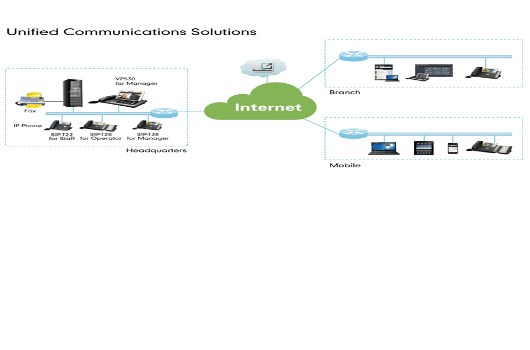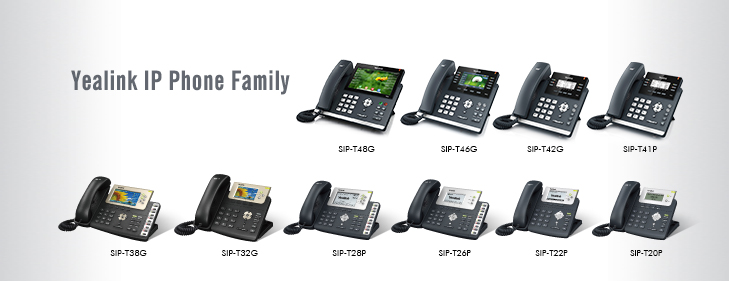Router Settings Info
Router Settings Info
Information on various router settings.
In order for your network to properly work with our service, some changes may need to be made. Please ensure the following conditions are met on any routers, firewalls, or modem/router combinations in your system. These changes can typically be made in the device's web interface.
- Double-NATing (Double-Routing) - Ideally, you will need to have only one device performing routing functions. Double-NATing (double-routing) is known to cause many problems for VoIP phones. It is best to eliminate or bridge any superfluous routers or modem/router combinations in your system. If you need to put your modem/router combination in bridge mode, please contact your ISP for assistance with this. You may also try putting the second router in the first router's DMZ if bridging is not possible, but this method is not guaranteed to work.
- Allow SIP, UDP, and RTP protocols - These are protocols we use to send and receive traffic. If there is any fire walling of these protocols, it will interfere with our traffic and cause problems. In the case of some Enterprise-level routers such as Sonicwall devices.
- WAN -> LAN policy rule should be set in place to allow all traffic from our servers. The rule should be setup to allow our traffic from our network address range 216.241.190.1 through 216.241.190.254 (aka 216.241.190.0 /24)
- LAN -> WAN policy rule may need to be put in place to allow traffic out to our servers. The range to allow outbound would be 216.241.190.1 through 216.241.190.254 (aka 216.241.190.0 /24)
- Note: All critical traffic is carried over UDP packets
- Disable SPI (Stateful Packet Inspection) - SPI allows the router to approve or deny any information packets that flow through it for security reasons, however, it often incorrectly identifies our VoIP traffic as a security risk. Disabling SPI will prevent this.
- Disable SIP ALG (SIP Application Level Gateway) and/or SIP Transformations - These are other security features that sometimes prevent our traffic from flowing properly. On Cisco routers this is usually referred to as SIP inspection and can be disabled with the command "no inspect sip" or "no fixup protocol sip 5060".
- Disable any VoIP-specific functions - Often networking equipment will come customized for VoIP, but in these cases they are customized in a way that interferes with our traffic. Ultimately, our system does not require specific VoIP-supporting functions.
Ensuring these settings are in place should resolve most of your issues. After you have made the changes, you will need to restart your network.
For further information on Networking, please see our Networking Guide.
|
Significant restrictions apply to Unlimited Plans. Consult the Terms and Conditions for details.
** Unlimited Plans do not include calls to International Mobile Phone Numbers or to Special Services Numbers such as Toll-Free or Caller-Paid Information Services or 900 Numbers.


